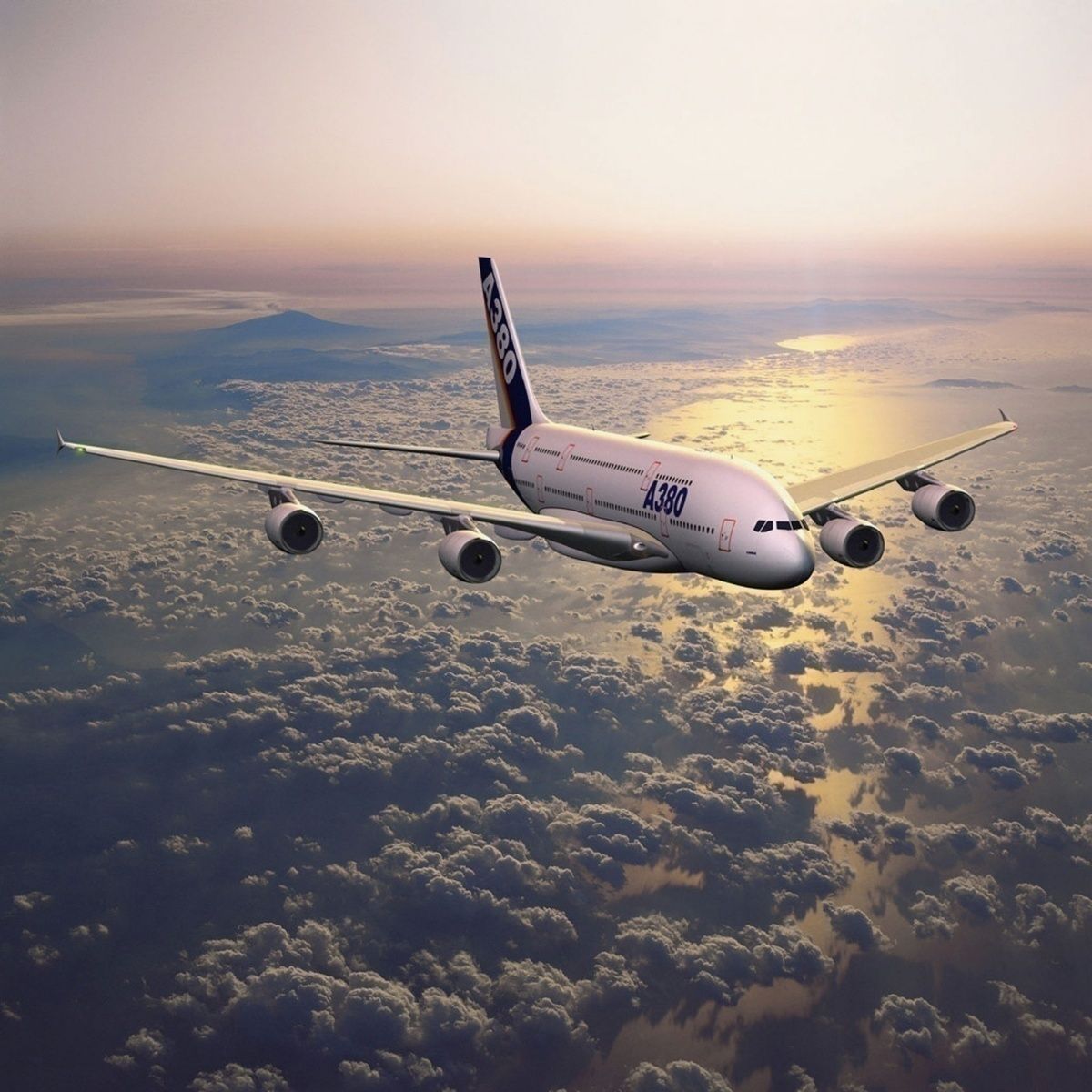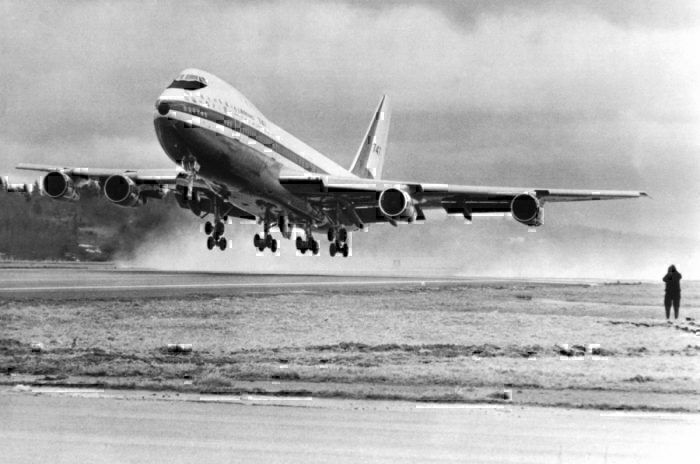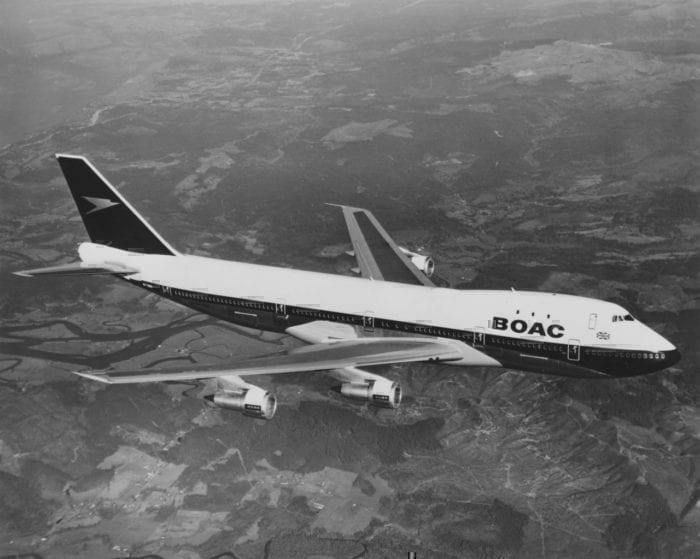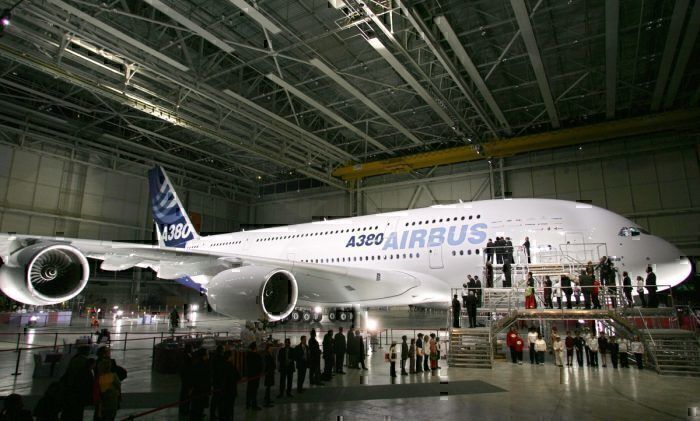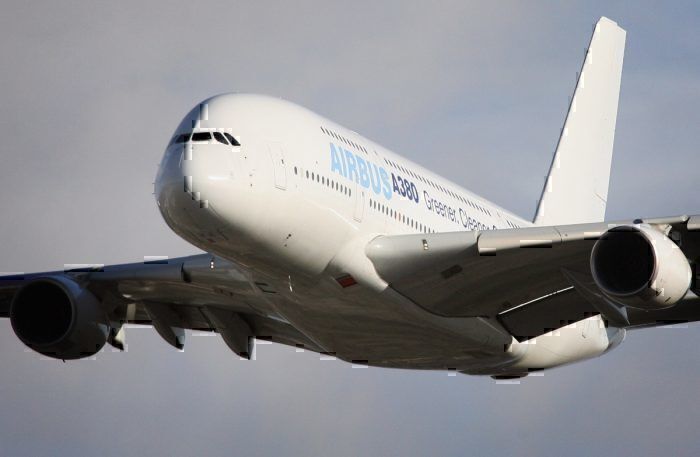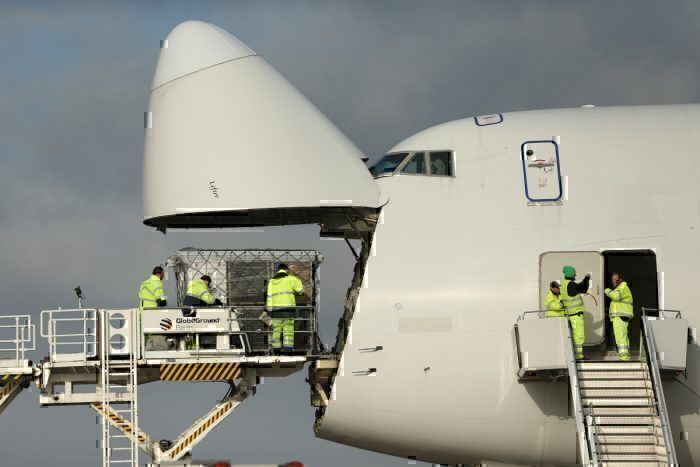The Airbus A380 was never the huge success it could, or should, have been. While everyone agrees it’s a superb aircraft, its release coincided with a number of external factors that meant it never achieved its full potential. We take a look at how things could have been different for the Airbus superjumbo if it had been created around the same time as the Boeing 747.
We approach the end of the A380 production
Airbus’ announcement that it would end the production of the A380 program this time last year was no big surprise to anyone. The aircraft, for all its technological marvels and passenger comforts, was never a successful plane, selling only a handful to everyone except Emirates and lacking the mass appeal Airbus needed to turn a profit.
As a result, the A380 never did break-even for Airbus. The firm lost money on it from beginning to end, and even now as the program is wrapping up, Airbus still took a €202m hit from the A380 last year. It was the plane nobody wanted, and probably should never have been built (although we’re very glad it was).
The problem with the A380 was that it was just too late to the party. Airbus was mooting building a plane even bigger than the wildly successful Boeing 747 in the 1990s, a full 20 years after the 747 entered service. With delays to the production schedule and too many hiccups to count, the A380 finally entered service in 2007, almost 40 years after the 747 began to fly.
But what if Airbus had moved faster? If the A380 had been built around the time of the 747, or perhaps even earlier, would things have looked different for Airbus now?
Long haul aviation could have looked very different
Boeing’s 747 was first conceived as an idea back in 1963. At the time, the US Air Force was looking for a large, strategic transport aircraft, with immense cargo-carrying capacity, greater than anything else in the skies. Studies around this led to Boeing realizing a concept for the 747, which came about just as air travel went through its biggest boom.
Long-distance travel had been revolutionized by aircraft like the 707 and DC-8, and more people than ever were flying. This was the perfect time to bring a giant jumbo aircraft to market, and Boeing capitalized on that. Airlines wanted to carry the greatest number of people the furthest distance, and the 747 lent itself perfectly to that mission.
Had the A380 been developed at the same time, with a launch around 1965 to 1970, it would likely have soaked up many of the orders that the 747 secured. By 1990, when Airbus was just starting to think about a large aircraft, Boeing had already snagged 1,057 orders for the 747, and had delivered 825 of the type. By 2007, when the A380 was eventually launched, that number had ballooned to 1,475 orders for Boeing's 747.
We can forecast that Airbus might have secured 50% of these orders if the A380 had been launched sooner, giving it sales figures of around 700 aircraft, instead of the 251 they’ll finish the production run with. It could even have secured far more, being a more modern and capacious aircraft than its American cousin. We’re not sure where Airbus’ break-even point lies on the A380 program, but it sure would have gotten a lot closer had it been able to triple its sales numbers.
The A380 missed the boat
The A380s introduction coincided with a paradigm shift in the way airlines did business. With more competition than ever on routes, airlines realized that they would do better to fly smaller planes more frequently in order to offer passengers more flexible schedules. The 747 was already falling out of favor, gaining only 16 orders in 2007. Apart from a couple of good years, every year from then on only saw orders in single figures for Boeing’s long haul legend.
As well as this, the price of jet fuel began to rise significantly from around 2004 onwards. By 2007, jet fuel peaked at almost $4 a gallon, and although it dropped down again subsequently, airlines had been delivered a stark warning call. They no longer wanted huge four-engined gas guzzlers and were instead crying out for high-efficiency twin jet aircraft that were easier to fill than a 747 or A380.
It seems crazy to think that, while Airbus was celebrating the launch of the A380, Boeing was busy designing and building the Dreamliner. Despite having a much smaller seating capacity than the A380, the 787 ticked all sorts of contemporary boxes, particularly in relation to its highly efficient operational statistics.
Boeing’s knack of being in the right place at the right time meant it made a huge success of both the 747 and the 787. To date, the Dreamliner has racked up 1,485 orders, demonstrating just how well it fits the needs of today’s airlines. Thankfully, Airbus came back with a much better aircraft for modern airlines – the A350 – which has itself notched up 935 orders to date (and has already broken even for its maker too).
The future could have been brighter
If the A380 had been flying for several decades by now, it would have given Airbus the time to design and build different variants of the type. Even during its short lifespan, Airbus floated some different variants on paper, including the A380F, a cargo plane, the A380-200, a stretched version, and the A380neo, an A380 that would bring together a number of improvements for better economics and more efficient operations.
As it was, none of these variants ever made it past the drawing board. The reason for this was that, by the time Airbus was ready to work on a new version, it had become painfully clear that nobody wanted the A380 anymore. Had it been developed sooner, this could have been a very different situation.
As well as being in the right place at the right time, Boeing secured the future of the 747 by making it super-easy to convert to a freighter plane. At the time it was built, it was widely considered that travel by jet aircraft would be superseded by supersonic planes, so Boeing cleverly built this redundancy into its 747 to ensure the future of the product. Airbus never did make a freighter version of the A380, and as such it has no place in modern aviation.
Had other versions of the A380 presented themselves, and in particular a freighter version, we might not be seeing Airbus shutting down production right now. Boeing’s 747 has fallen out of favor with passenger airlines, but is still a highly popular cargo transporter, with just enough orders to keep the production line ticking along for a few years yet.
Overall, it’s a crying shame that Airbus wasn’t a bit quicker off the mark with the A380. Had it been brought to the world before fuel prices increased and airlines’ strategies changed, we’d likely have seen many more orders of the type. We could have even seen it being produced for many years to come.
As it is, we’re just months away from the last A380 rolling out of the factory, although with these young aircraft securing their spot in the worldwide fleet, we should see the superjumbo gracing our signs for a decade or two longer at least.

